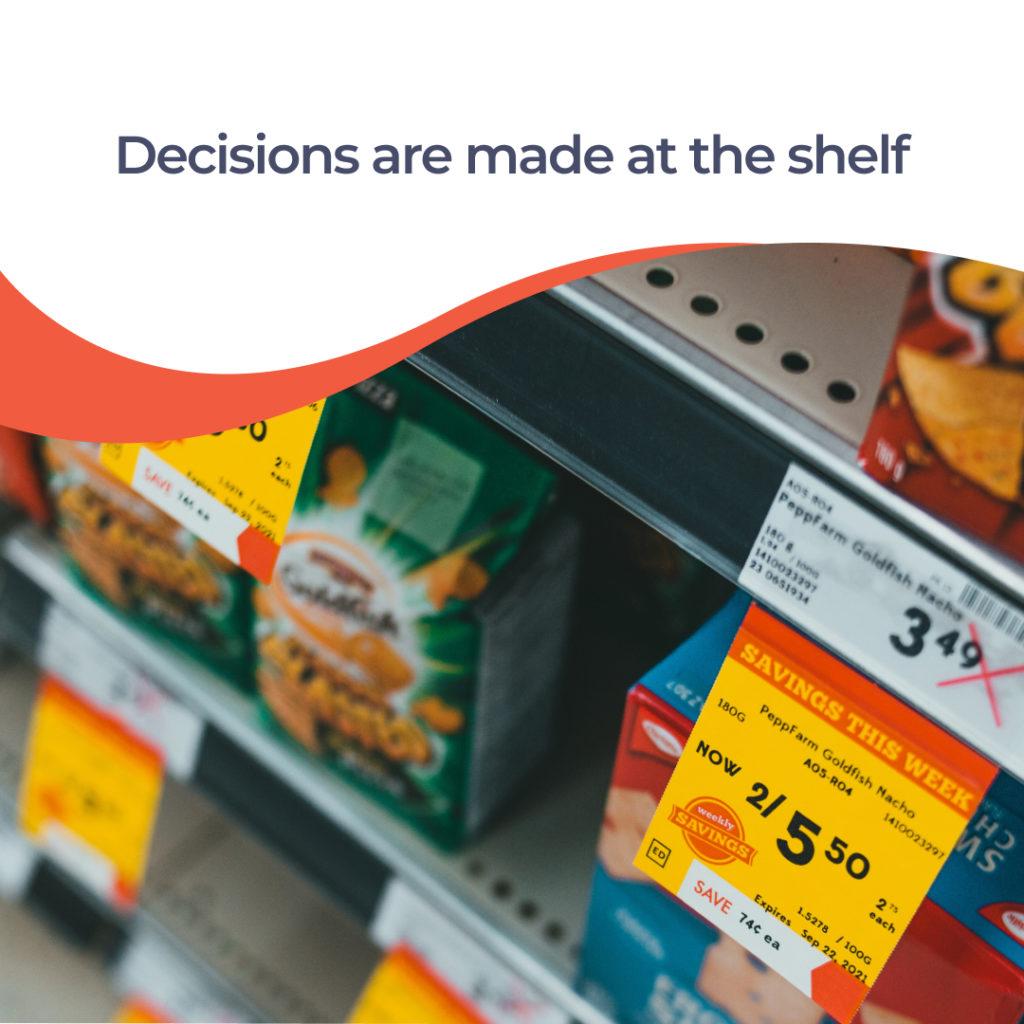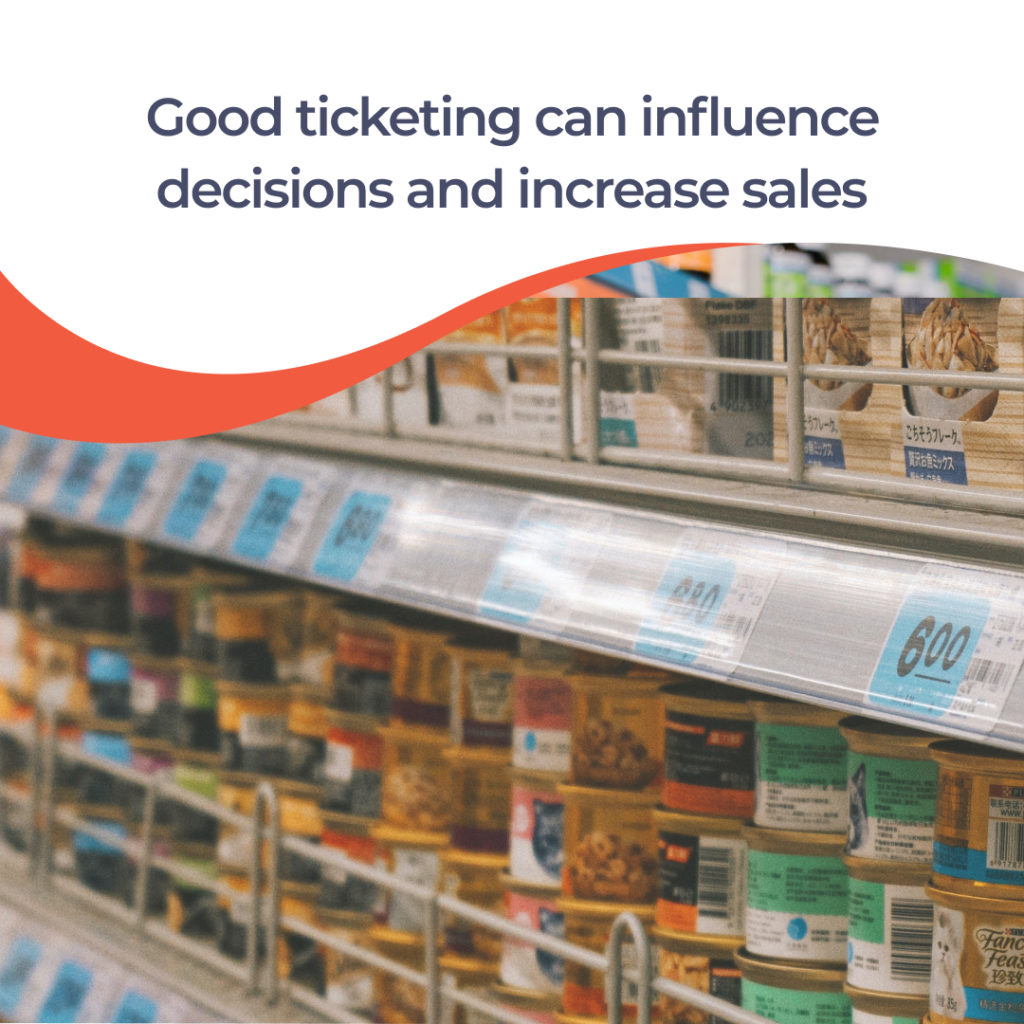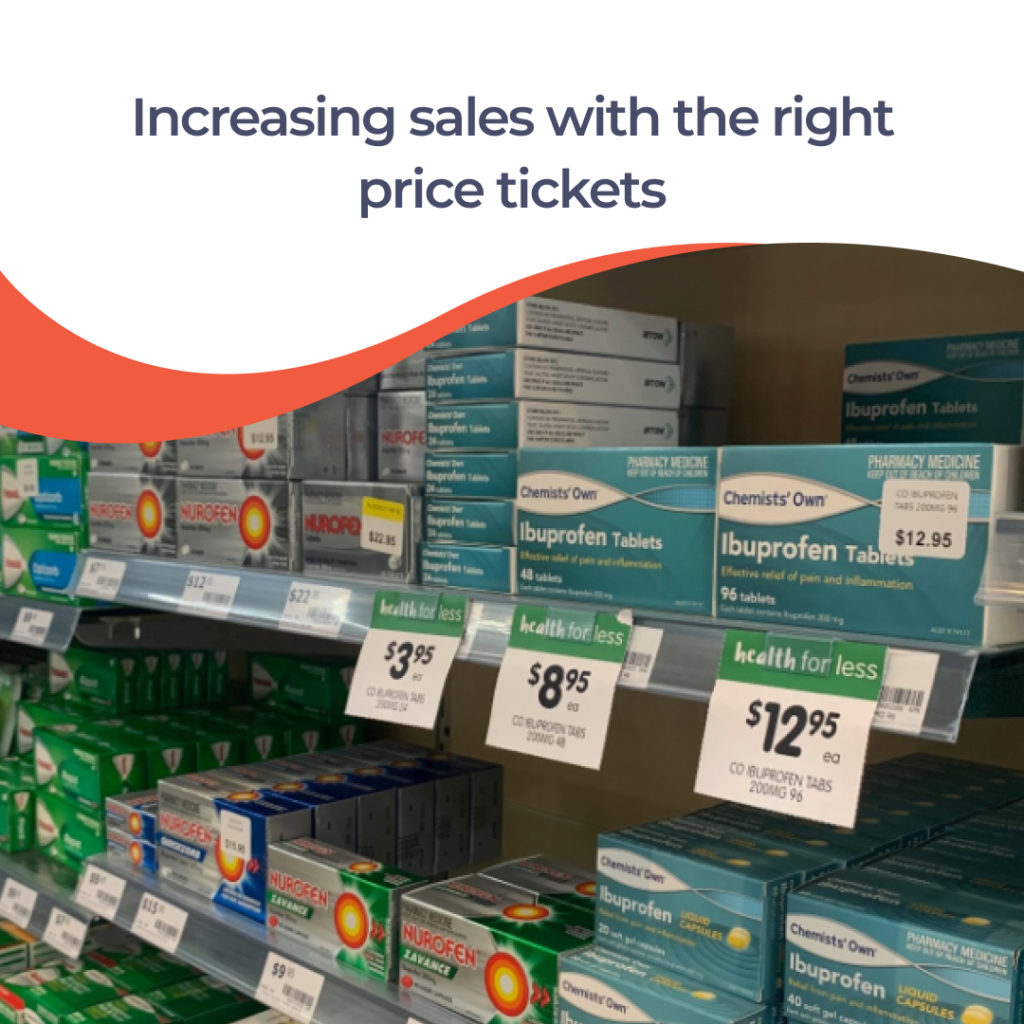
Ticketing is one of the few ways for retailers to interact with their customers in-store.
When done correctly, this can be an effective marketing tool for increasing sales and brand awareness.
Ticketing can be used to track inventory, manage customer loyalty, and create a seamless shopping experience.
The “seamless experience” is an important factor in the success of all types of businesses. So, creating a simple, streamlined purchase process, whether online or in-store, is a great way to improve the consumer experience. This includes everything from the moment they walk into the store or website to the post-purchase customer service experience.

When it comes to increasing your store’s profits, adequate shelf-edge labeling and determining what message you want to communicate are also important.
The most successful retail companies have been able to develop perfect practices in their stores to drive revenue by building outward communications to large POS, front-of-the-store, digital, and online channels.
The following are shelf-edge communication strategies to help your store increase sales:
- Display clear pricing and promotions, including any applicable VAT and other currencies.
- Include product descriptions and customer feedback.
- Make sure your online and in-store prices and promotional offers do not conflict.
- Your products have to be made more appealing and engaging when on-shelf (colors, product appearance, imagery). Engaging shoppers at the shelf edge has the potential to increase promotional effectiveness by 35% without changing the offer or price!
Including these strategies in your store’s communication strategy will boost confidence, promote value, and help customers find products.
Types of retail displays
Anything in a store that houses or promotes your product is considered a retail display, so make sure you entice your customers/ visitors with these.
Standalone POP Display:
- Dump Bins – These are giant bins, strategically placed to be seen from all angles, and stocked with individually packaged products that provoke impulse buys.
- Freestanding Displays – They are standalone displays, are more organized, and display larger products on shelves and hooks.
- Entryway Displays – These displays can easily attract shoppers’ attention and are effective in encouraging impulse buys.
- Gondola Displays – These are two-sided standalone shelving units with adjustable shelves and could accommodate different-sized products. Gondola displays are great for promoting products through graphics and attractive color schemes.
- Display Cases – These are a type of standalone display that is closed on all sides by the glass or clear plastics. High-end products are usually seen on these displays and shoppers need to talk to staff or store associates to get the item/s.
- Window Displays – The products are set up in the big clear windows of the store. These can sometimes be a deciding factor in whether or not a shopper should enter the store or not.
- Banner stands – These banners feature a product or announce promotions.
Retail Shelving Display:
- End cap displays – These are the shelves at the end of a two-sided retail shelf that the shopper passes by when going from one aisle to another. Shoppers walking through can easily see your products without even going down the aisle.
- Shelf Talkers – Also known as “hang-tags”, are promotional signage educating the buyer about the product.
- Clip Strips – These are long vertically hanging strips with hooks ideal for holding small products, ideal for cross-merchandising.
- Header Cards – These signs appear on the shelf tag next to a product’s price. It differentiates brands from similar items. You use these cards to educate the buyer, point out promotions, or even suggest a way to use the product.
Clothing Display:
- Garment racks – It’s one of the most common types of clothing display to organize clothing and capture shoppers’ attention.
- Display tables – They can host a myriad of products, from apparel to accessories to jewelry.
- Mannequins – They display products in a context that gives the shopper a visual of the product in use. It promotes impulse buys.

Digital Shelf Edge (DSE) can give businesses an edge over competitors. It offers a one-of-a-kind opportunity to advertise at the point of purchase using full-color, full-motion video on HD screens.
Brands can use advertisements to attract potential customers’ attention and direct them to promotional areas. Without anyone on-site, digital content can be scheduled remotely and updated in real time.

In-store ticketing will not bring customers into your store, but it is the best way to influence them and increase their basket size once they are there.
This is accomplished in several ways:
- Unplanned purchases
- Finding new products (or new uses for products)
- Cross-promotional marketing
- Assisting the customer in making a decision

Accurate price tickets should be required for all products. Shoppers are not solely motivated by price; they frequently require additional incentives to buy NOW.
The right POS and offers to increase sales, but POS does not always have to offer a price deal. There are numerous other ways to persuade customers to purchase the product, such as stating its benefits, providing product specifications, or simply stating how popular it is among other customers.
Making better use of simple shelf edge labels, larger printed signs, and digital signage are all possible solutions to getting more sales.
Finally…
Ticketing can play an important role in the experience by providing customers with the information they need to make decisions based on the criteria that are important to them, and it is a way to assist customers in discovering new products or providing new ideas.
Get in touch with Shopfront Solutions now! We take the hassle out of designing and printing Shelf Edge tickets, ask us for a Demo today.